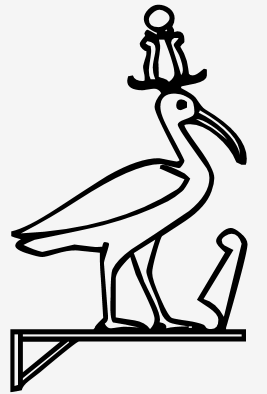Monad (μονάς) is an ancient Greek word for “one” or “alone.” The ancient Pythagoreans considered the numbers 1-10 each to embody certain qualitative aspects (in addition to their quantitative function). Speculation on the qualities of the first ten numbers is sometimes called “arithmology” by modern scholars, in order to distinguish it from from the modern sense of “arithmetic.”

On the Monad (περὶ μονάδος):
Theology of Arithmetic 5.21-6.4: “The mark (χάραγμα) which signifies the monad is a symbol (σύμβολόν) of the source of all things. And it reveals its communion (κοινωνία) with the sun (ἥλιος) in the summation of its name: for the word monad (μονάς) when added up yields 361, which are the degrees (μοῖραι) of the zodiacal circle.”
(The ancient Greeks understood the circle to be constituted of 361 degrees rather than 360 because they didn’t have the zero as a placeholder. This is essentially the same phenomenon as inclusive counting.)
“Pythagorean” Pairs of Opposites
Aristotle (Metaphysics 986a.22-26) notes: “Other members of this same school [i.e., the Pythagoreans] say there are ten principles (ἀρχαί), which they arrange in a pair of corresponding columns (συστοιχία):
- Limit (πέρας) : Unlimited (ἄπειρον)
- Odd (περιττόν) : Even (ἄρτιον)
- One (ἓν) : Plurality (πλῆθος)
- Right (δεξιόν) : Left (ἀριστερόν)
- Male (ἄρρεν) : Female (θῆλυ)
- Resting (ἠρεμοῦν) : Moving (κινούμενον)
- Straight (εὐθύ) : Crooked (καμπύλον)
- Light (φῶς) : Darkness (σκότος)
- Good (ἀγαθόν) : Bad (κακόν)
- Square (τετράγωνον) : Oblong (ἑτερόμηκες)”
The One (τὸ ἓν) is frequently said to contain both principles in each pair. For example, the One is called male-female (ἀρσενόθηλυ) and even-odd (ἀρτιοπέριττον).
